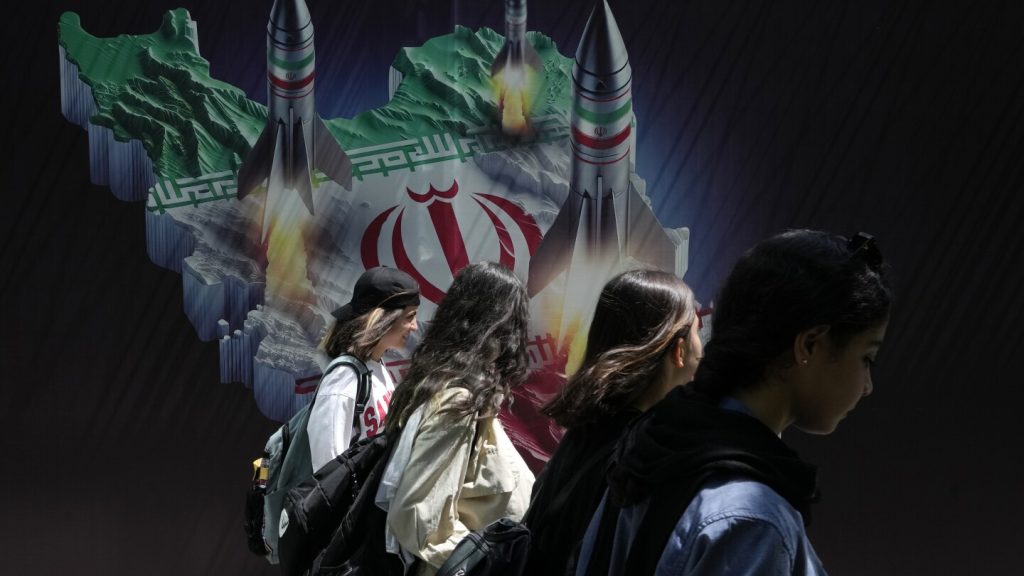In Iran, a growing trend of women not wearing mandatory headscarves, or hijabs, has emerged in the two years since the death of Mahsa Amini and the protests that followed. This defiance is seen as a form of resistance against the repressive measures and policies of the Iranian government, which has historically mandated the hijab as a sign of piety and modesty. While there have been no recent catalyzing events to galvanize demonstrators, the legacy of Amini’s death lives on as women continue to challenge the strict societal norms.
The protests that erupted after Amini’s death resulted in a violent security crackdown that killed over 500 people and led to the detention of more than 22,000 individuals. Despite the risks involved, women in Iran are increasingly seen without their hijabs on the streets, particularly after sunset or during weekends at major parks. The act of not wearing a headscarf, which was once considered taboo, now goes unacknowledged as women openly defy the authorities.
While the Iranian government has sought to crack down on women not wearing hijabs through surveillance tactics and fines, the recent election of reformist President Masoud Pezeshkian has brought a sense of easing tensions over the issue. Some believe that the peaceful environment in Iran is a result of Pezeshkian’s presidency, as he aims to convince powerful figures that more restrictions do not necessarily lead to greater adherence to the hijab. However, incidents of police brutality against women not wearing headscarves continue to be reported.
The changing political landscape in Iran is evident in the dismissal of a university teacher who made derogatory comments about Amini on state television. Additionally, an unpublished survey conducted under the supervision of Iran’s Ministry of Culture and Islamic Guidance found that the hijab has become one of the most important issues in the country. This shift in mindset signifies a recognition that social norms are evolving, even if the government is not directly addressing the increase in women not wearing hijabs.
Despite the ongoing challenges, Iranian women are showing resilience in their defiance of the mandatory hijab rule. The legacy of Mahsa Amini’s death continues to inspire a new generation of women to push back against oppressive practices and fight for their right to choose how they dress. As the country grapples with these social changes, it remains to be seen how the government will respond to the growing movement of women reclaiming their autonomy and challenging traditional norms.


